Touring France by Motorhome
Want to tour France by motorhome or campervan? This hands-on guide includes the practical information you’ll need to know before you go!
We’ve also written a comprehensive guidebook to touring France in your motorhome – Motorhome France is available now from Amazon.
France in a Nutshell
Key Facts for Touring France by Motorhome
![]() If you’re pressed for time, here are the essential facts to know when planning your motorhome tour of France. We dive into more detail on each of these later in this guide.
If you’re pressed for time, here are the essential facts to know when planning your motorhome tour of France. We dive into more detail on each of these later in this guide.
Brexit note: some of the areas below will be affected by the UK’s departure from the EU. We’ve put together a summary page with more information. Please read this too, especially if you plan to travel with a pet.
- Weather – France is an all-season destination, with winter skiing and summer sun. Just be aware the entire country goes on holiday in July and August, so popular areas will be very busy.
- Currency – France uses the Euro (€). £1 is worth around €1.2.
- Insurance – most motorhome insurance policies will cover France – check your policy.
- Language – locals speak French and outside of tourist areas you’ll be expected to at least try and speak French. Younger folks tend to speak good English though.
- Place to Stay – France has an incredible range of motorhome campsites and aires, and the France Passion scheme will welcome you to a large range of local businesses. Finally France tends to allow more informal parking than the UK, in quieter areas.
- Mobile Phone and Internet – you can usually use your UK phone and Internet allowance in France, check with your provider. We use a Vodafone 30 day 4G SIM, with a Three Internet with Legs SIM card as a back-up for Internet, and 1p Mobile SIM cards for phone calls.
- Getting there from the UK – there are a large number of ferry routes from England to France, or the Eurotunnel if you don’t want to take a boat.
- Renting a Van – if you don’t have the time to drive your own motorhome, there are several companies renting vans in France. Expect prices of roughly £700 to £1000 a week for a two berth C Class coachbuilt.
- Customs – you can cross borders between EU countries with large amounts of alcohol and tobacco, as long as it’s for personal use. There are customs posts at some land borders, although they are typically unmanned, with Andorra being a notable exception.
- Pet Dogs – you can take your pet dogs and cats (or ferrets) to France and return to the UK with them without quarantine. You’ll need a valid Pet Passport for this (talk to your vet), and will need to visit a vet for a worming treatment on your way back to the UK.
- Roads – generally well-maintained and with little traffic compared with the UK. France drives on the right. Note that some roads in the mountains will be closed temporarily or permanently in winter.
- Low Emission Zones – France has the Crit’Air system which limits which vehicles can drive in some cities, or some larger areas when air quality is exceptionally poor.
- Headlights – some countries mandate the use of dipped headlights even during bright daylight. France doesn’t have this law.
- Compulsory Equipment – download the AA’s latest requirements PDF to see what you need to carry. France officially requires you to carry a breathalyser. As we understand it there is no fine for not having one though, and we no longer buy them.
- Tyres – check the AA’s page for the latest details. If you plan to spend a long period of time in the mountains in winter, strongly consider Alpine-marked winter tyres. We tend to tour into the summer too, so fit M+S tyres ,and carry a set of snow chains.
- LPG (Gas) – Autogas (GPL) refill stations are available widely across France. If you don’t have a self-refillable system, note that you can’t get Calor Gas bottles refilled in France.
- Tolls – Most of France’s motorways are toll (péage), and vans over 3.5 tonne pay more. You can pay for tolls in cash (Euros) or card. Some bridges are toll, as are some tunnels under the Alps.
Great Places to Motorhome to in France
It’s hard to stress just what a wonderful range of places there are to visit in France, from majestic mountains to beautiful beaches to vibrant cities. France likes motorhomes (called camping cars) too, so you’ll frequently find you can park for the night withing striking distance of nearly every attraction.
Here are just a few of the places we’ve visited. Click on the links below to get the full blog post, with the GPS co-ordinates of where we stayed overnight.
- Paris (blog post here)
- Epernay in the Champagne region (blog post here)
- The Loire chateaux – Chenonceau (blog post here)
- Beynac on the Dordogne (blog post here)
- Anglet, Biarritz (blog post here)
- Carcassonne (blog post here)
- The Camargue Wetlands (blog post here)
- Chamonix Mont Blanc (blog post here)
- A lavender farm in Provence (blog post here)
A Quick Look at France – Some Short Videos
A free France Passion stopover – an olive farm near the Pyrenees
Wild camping with a jaw-dropping view of the Mont Blanc massif
Driving a motorhome onto the Channel Tunnel train
Watching the Tour de France at Col de la Colombiere
Using a French launderette (a lavarie)
Visiting Rocamadour by motorhome
How Much Does it Cost to Tour France?
Being so close to the UK, France is relatively inexpensive to access by motorhome. Alongside a huge campsite network, there are also thousands of free and low cost official ‘aires’ to stay overnight, many of them with service points for taking on water and disposing of waste. Using these can drastically cut your tour costs.
As an example, we toured France for three months in 2018 spending £36 per night, for two people (see the cost breakdown here). This includes the cost of the ferry, and a couple of one off costs – a new wheel bearing for Zagan and having Charlie (our beloved pooch) put to sleep. They don’t include vehicle tax, MOT, vehicle insurance, breakdown cover, personal travel insurance or depreciation of the motorhome.
Some things aren’t particularly cheap in France: the numbeo.com cost of living website gives a good idea of costs for eating out, buying basic foodstuffs, clothes and so on (here’s the numbeo page for France). Here are some tips for keeping your costs down:
- If you prefer using campsites some or all of the time, check out the ACSI Camping Card scheme, which offers lower-cost camping out of season.
- Many of the motorways are toll, but there is always a free route nearby. Yep, it’ll be slower, more tiring and use more fuel, but it’ll also be more interesting.
- Supermarket food costs are fairly similar to the UK. We mix up budget supermarkets (Lidl) with more varied local shops, street markets and French supermarkets (Carrefour, E. Leclerc, Auchan and Intermarche).
- Eating out costs are comparable to the UK. Eating out during the day is often cheaper than in the evening: look out for menu du jour where you get a limited choice of starter, main and desert for maybe €15 to €20 a head in less touristy places.
- Supermarket petrol stations usually sell fuel much more cheaply than other (even very nearby) petrol stations.
To help you budget for your trip, here are the costs for our 2018 three month tour of France (more detailed info here).
France by Motorhome – In Depth
When to Go to France
France is an all-year motorhome touring destination. Our personal preference is to travel in the spring and autumn, when the weather is pleasant across much of the country, and the aires and campsites are relatively quiet. That said, we’ve also enjoyed visiting the Alps in winter, and the busy coastal areas in the summer.
As a general rule we try to avoid being in the north during the winter, as the skies tend to be grey and the temperatures low. If you do plan to head up into the high altitudes of the Alps, Pyrenees or the Central Massif, having a well-winterised motorhome is helpful for staying warm and comfortable when it’s -10°C and a blizzard outside!
In July and August temperatures in the south can get rather warm indeed, with the inside of the van getting into the mid to high 30’s (degrees Celsius). We tend to seek out shade on campsites or cooler air in the mountains when the heat is too much for comfortable sleep at night.
It’s also well worth keeping the French school holidays in mind when planning where to go (here are the dates). Much of France is on holiday in July and August, which means very busy aires and campsites. We were caught out once when heading up into the Alps in winter, finding the ski aire we were heading for was almost completely full and all the electricity hook-up points were gone, when the aire had been almost empty the week before. If you do plan to use aires, we suggest arriving between 10am and 2pm to increase your chances of getting a space.
Driving Your Own Motorhome to France
There are tons of ferry routes from England and Eire to France, and of course the Channel Tunnel for a faster, sea-free route. This interactive Department for Transport map shows the routes: click on any of the ports to see crossing times, which ferry companies service that route and any current disruption to travel.
Our personal preference is to use the north France ferry routes into Calais or Dunkirk, or to use the Eurotunnel (the Channel Tunnel). The reasons for this are:
- We live in Nottingham, so the Dover port is relatively easy for us to access.
- We’ve done most of our travelling with our pet dog, and preferred the shorter crossings so he could stay in the motorhome and sleep.
- Shorter crossings mean fewer worries keeping our bacon and sausage stash frozen.
- We’ve used the Channel Tunnel a few times, and really enjoy it. The crossing’s only 35 mins compared with at least 90 mins for a ferry, and we could stay in the motorhome with our dog. It also avoids any issues with rough seas or sea-sickness.
We also try to book our ferry or tunnel well in advance, as crossings can fill up or get more expensive closer to the date of travel. Unsociable hours crossings are also cheaper, but arriving in France on unfamiliar roads in the dark can be a tad stressful, so we tend to try and arrive during daylight.
A few hints and tips for ferries and the tunnel:
- Don’t forget your passports and pet passports!
- Your ferry or tunnel company will tell you when to arrive. If you get there an hour earlier, they may well pop you on an earlier departure for free, or if you’re too early, may ask you to leave the port and come back later.
- You’ll have to turn your gas off at the bottles for the crossing. Our fridge stays cool for several hours once it’s down to temperature, so we just switch it to 12V and sometimes shift frozen cool blocks from the freezer to the fridge.
- We switch our satnav to kilometers, and programme in the destination in France while waiting for the departure. We then switch it on before leaving the boat or train, so it gets a GPS lock quickly.
Renting a Motorhome in France
Motorhome rental companies like mcrent.eu offer motorhomes for rent for pick-up either in France, or the UK or another European country, depending on your touring or holiday plans. The rental companies websites usually let you get a quick idea of costs, which tend to vary with motorhome type/size, and season.
For a rough idea of costs, McRent shows the following quotes:
- A 2 week rental of a 2 berth panel van mid January, picked up in Lyon (convenient for the Alpine ski resorts): €1200 (around £1000).
- A 1 week rental of a 4 berth C class coachbuilt in mid June, picked up in Paris: €1000 (around £900).
- A 2 week rental of a 4 berth C class coachbuilt in mid June, picked up in London (from where it could be driven to continental Europe): £1400.
If you’ve not toured in a motorhome before, have a look at our book, The Motorhome Touring Handbook, for tons of first-hand tips and ideas.
Finding Places to Overnight in France
Finding places to overnight in your motorhome in France is easy. There are thousands upon thousands of aires, free (wild) camps and campsites. We’ve used all types of overnight stopover in France, but we avoid staying in motorway aires as these have a poor reputation for security.
Here are some of our favourite resources for finding places to stay:
- Other blogger’s maps (see more info)
- The Camperstop book of aires (see more info)
- The campercontact.com database and app of motorhome aires (see more info)
- The park4night.com database and app listing aires, campsites, free camps and French businesses who allow overnight stays (see more info)
- The ACSI CampingCard out-of-season camping discount books (see more info)
- The France Passion book which lists French businesses allowing free overnight stays (see more info)
- All the Aires France books (see more info)
We tend to wing it a little when travelling France these days, so we never book ahead nor do we tend to do much research. In the past we’ve carried a Lonely Planet France and Rough Guide to France to help us find interesting places to stay.
Driving in France
Apart from the obvious need to drive on the right, driving a motorhome in France is much the same as driving it in the UK. The majority of road rules are the same, and you’ll soon get the hang of going the ‘wrong way’ around roundabouts and down slip roads!
We tend to find ourselves actually relaxing when we finally arrive in France, after driving down the frantic M1, around the packed-out M25 and down the jammed M20! The traffic in France is much lighter than in the UK. We’ve driven across France maybe 20 times and every time we laugh at how few cars there are on the roads. The motorways feel like they’ve only just been opened.
With that said there are a few things to be aware of; keep reading for the low-down!
Road Rules in France
Right – some stuff to know about driving in France before you arrive! Here we go…
- You’ll need some mandatory bits and bobs like headlamp deflectors – check out the AA PDF of equipment.
- Speed limits and and distance signs are in km, not miles. We switch the units on our satnav to kilometers when we’re waiting for the ferry. France is peppered with speed cameras, and it’s easy to creep over the limit, so pay special attention to your speed.
- If you break down anywhere on a motorway (including service stations and slip roads), you have to use the orange phones to get help (this is usually free) or call 112 from your own phone. Your breakdown company can’t recover you from a motorway (a road number starting with an ‘A’) or a few sections of fast N road in France.
- You have to stop at STOP signs. This means coming to a complete halt, which can feel really difficult especially where a STOP sign’s been placed right across the main road in a village just to get you to slow down.
- Flashing amber lights mean ‘proceed with caution’ or ‘you can proceed but give way to the right’ so you can pass them, but slow down and check for anyone popping out from any side road to the right.
- France has a weird ‘priority to the right‘ rule. More about this below.
- Motorway signs are in blue, like the UK. If a sign says ‘peage’ on it, it means it’s a toll road so you’ll have to pay to use it.
- France is trialing a lower national speed limit for rural roads. Most roads which were 90kph are now 80kph. Ignore your satnav and look out for road signs.
- When you get to a town or village, slow down to 50kph, or slower if there’s a lower limit posted. The sign showing the start of the 50kph limit looks like this (there’s a similar one with a diagonal red line at the end of the village):
![]()
Give Way to the Right – Priorité à droite
OK, in France you can find yourself driving the main road through a town or village and suddenly find a car at a side road either pulling out right in front of you, or blaring their car horn as you drive past (we even got beeped at in a car park in the same way).
This is Priority to the Right folks, and it’s a bit hard to get used to. We’ve crossed France umpteen times, and it still catches us out. The deal is this, good luck making sense of it:
- Let’s say you’re driving along a French department class road (like a UK B road)
- You get to a village and notice a yellow diamond with a black line through it
- You pootle along the main road at 50 kph
- You HAVE to keep an eye on the side roads to the right. If they have no Give Way or STOP road markings, then officially traffic CAN pull out on you
- When you get to the end of the village the same yellow diamond sign but without the black line shows priority switches back to you
This is ‘fun’, but almost all of the time the ‘normal’ priority rules work and we normally forget all about Priority to the Right after a day or two in France (not that we’re suggesting you do the same!). It seems to be applied mainly in very small villages or quiet roads, where there’s normally very little traffic or no budget for painting road markings. One thing we know for sure: we can’t for the life of us keep a track of all those yellow signs as we’re driving along: “have we got priority now?” “dunno”. We love France!
Toll Roads in France
France has a mixture of ‘fast’ roads across the country (the official website for these is here):
- Free motorways (autoroutes) or ‘A’ roads (blue on the map). Note that the sections of motorway around Calais, Dunkirk and Boulogne are free, and make a good way to get started when leaving the port.
- Free national routes or ‘N’ routes which are sometimes dual carriageways (green on the map)
- Paid (toll or peage) autoroutes or ‘A’ roads (red on the map)
France, being rather a large country, is difficult to cross at any speed unless you use the roads above, which generally means paying for tolls. Not that we do, at least not often. If you’re not in a hurry and don’t mind slowing down for endless villages, towns and roundabouts, then you never need use a toll road in France. You can also get clever with the fast roads, using those free fast roads (the blue and green ones) while using slower roads to link them up. The A75 is a particular favourite for us, a quick and free way to climb into the Massif Central from the south of France.
Assuming you do opt for the toll roads, a few tips:
- You can pay for them in cash (Euros) or cards. We carry cash as not all cards are accepted at the payment booths. You can pay with Euro notes and get change, although it can be awkward to reach!
- You can get an auto payment tag allowing you to use the non-stop telepeage ‘t’ lanes at toll booths. We’ve never bothered, but you can get more info here.
- If you want to pay in cash, head for a lane which both (a) has no height limit and (b) has a green arrow above it.
- Motorhomes over 3.5 tonnes or 3m high pay more (more info here). The toll booth works this out automatically.
- You usually get a ticket when you enter the paid road, then insert it into the toll booth. It’ll show you how much to pay.
- If you’re in a right hand drive vehicle with no passenger, be prepared to undo your seat belt and cross over to the passenger side to get tickets and pay tolls.
- Even if you’re on the same side as the toll booth, you may need to remove your seat belt and lean out of the vehicle some way to reach it. Be careful not to drop your cash or card.
- Don’t speed on motorways (or anywhere else), as speed cameras will nick you.
- If you break down on a motorway, your breakdown company cannot recover you from it. You need to use the orange phones or call 112 from your phone to get (usually free) recovery off the motorway, then call your breakdown company.
Low Emission Zones in France – Crit’Air
A handful of French cities have ‘clean air’ restrictions over which vehicles can enter their centres, referred to as the ‘Crit’Air’ scheme. There are also a similar number of larger areas which can enforce restrictions in the event of abnormally high air pollution.
You could very, very easily drive right across France several times without getting anywhere near any of these zones, we have. Have a look at the RAC website here, which explains the scheme and lists the areas it applies to.
If you do plan to head into the zones which Crit’Air applies to, you’ll need a windscreen sticker for your van. France issues 6 classifications of sticker, depending on how old/clean your van is. Each zone can then determine which classes of van can enter them. The sticker cost about a fiver and you can order one here.
Petrol, Diesel and LPG
Diesel, petrol and LPG are widely available in France. A few hints and tips for finding and buying these fuels:
- Diesel is called gazole in France, petrol is essence or super (sans plomb or sp mean unleaded), LPG is called GPL or autogas. Diesel pump handles are black or yellow, unleaded are green.
- Some fuel stations are physically difficult to drive a large van through. We try and pick one of the easier lanes when approaching the station, even if it means waiting longer. In some cases we’ve found it easier to reverse out of the garage than try and drive through to the booth.
- Some fuel stations allow you to pay at the pump while others require you to pay at a booth which can’t easily be done without one of you getting out of the van.
- Some service stations away from the motorway close on Sundays, some have automated pumps so you can get fuel out of hours, but not LPG.
- France uses the dish adapter for LPG fill-ups, bring your own with you. When filling with LPG you may need to ask the attendant to enable the pump for you. We’ve only been refused an LPG fill-up once in France, as we suspect the attendant wanted to close up and go for lunch!
- Fuel at supermarkets is generally cheaper than other types of petrol station. If you have a smart phone, there are various apps which show up-to-date fuel prices for all the stations in a selected area – these are often free and can save you a fair bit of money.
- For a rough idea of fuel prices, have a look at fuel-prices-europe.info.
- To find LPG (GPL) stations, have a look at myLPG.eu.
Motorhome Service Points (Bornes) in France
Service points, sometimes called ‘bornes’ in France, are areas where you can take on fresh water, and empty your grey water tank and toilet cassette (black water). Some have electrical hook-up which enables you to recharge your leisure batteries for an hour or two, although this is often hard to do as it means occupying the service point and preventing others accessing it.
They’re normally a drive-over drain, with an installation off to one side with two taps: one for taking on fresh water and one for rinsing your cassette out. A few tips for finding and using service points:
- Almost all campsites have them. If you pay to stay on a site, the services are included. If you don’t stay, some sites will still let you pop in and use the services for a few Euros.
- There are thousands of service points outside of campsites in France, sometimes at supermarkets and petrol stations, but normally at aires.
- You can find service points using apps like campercontact.com and park4night.com.
- Service points are usually located on aires, but can be stand-alone (with no associated parking) too.
- In winter water supplies are often turned off at times when the supply might freeze: hors gel. Use the apps to try and find ones which are still turned on (check the comments), or plan to visit a few service points.
- Most service points charge a few euros, between €2 and €5. Some take cash, others cards (carte bleue means a bank card), and some older ones require you to visit a local business and buy a token called a jeton.
- Some service points let you charge your leisure batteries for an hour or two, typically for about €2 an hour.
- Some folks unwittingly use the fresh water tap for rinsing their toilet cassette: we use anti-bacterial wipes to clean the tap before attaching a hose pipe or using a collapsible water carrier.
- The design of some drains makes it difficult to get positioned correctly when disposing of grey water. Having a flexible extendable hose helps get the water into the right place.
- If the water to the service point is turned off, we sometimes use our grey water to rinse out our cassette.
Using Internet, Phone and Post in France
This is how we stay in touch when we’re touring France in our motorhome:
- For the Internet we have an unlocked 4G personal WiFi device. This has a Vodafone 30 day 4G SIM in it, and we carry a Three Feel at Home (Internet with Legs) PAYG 3G SIM card as a back-up. Our system (described in detail here) uses a roof-mounted antenna which helps get a better signal, as the metal shell of the van effectively blocks much of the signal.
- For the phone we use SIM cards from 1pmobile.com. We don’t use these for Internet access.
- For mail we only tend to send postcards from France, and you can only get stamps for these (timbres, pronounced tam-brer) from post offices, which have limited opening hours, or from some tabacs (newsagents).
Doing Laundry in France
France has a pretty good network of launderettes (called laveries) which enable you to do your washing and clothes drying on the road. Finding them can be a bit of a challenge and we’ve never found a map showing them all. Searching the Internet for laverie and the name of the town can work, but be aware this sometimes brings back dry cleaners (look for laverie libre service for self-service places). Laveries are generally cash-only, so keep a collection of €1 and €2 coins handy. Some provide washing powder and fabric softener, some don’t.
French supermarkets also sometimes have washing machines and tumble dryers in their car parks, I kid you not. You can get your washing done while you shop, then eat lunch in the van while it dries. We also find clothes washing facilities on campsites and occasionally at marinas.
Touring France with a Pet Dog
As long as you have a valid Pet Passport (details of the PETS scheme here), you can travel to France with your pet dog, and return into the UK without your pooch having to go into quarantine (important: the requirements for this may change when the UK leaves the EU).
We’ve done this many times, and have had no issues. A few hints and tips if you want to tour France with your dog or dogs:
- If you don’t have a pet passport, contact your vet early as it can take some weeks/months to get them arranged.
- To return into the UK you’ll need a vet on the continent to administer a worming treatment and complete a section in your Pet Passport, then allow between 24 hours and 5 days before re-entering the UK. There’s a useful Google Map of vets which can carry out this procedure, but our experience has been most vets are well aware of it and can do the job for you.
- You’ll need to declare your pets when booking the ferry or Channel Tunnel, and pay an additional fee for them.
- Although French supermarkets have wide ranges of pet food available, don’t assume your specific brand will be on the shelves. Either take enough for your trip, research ahead to see if it can be bought in France, or plan to transition your dog to locally-available food.
- Leishmaniasis is endemic in Mediterranean Europe, so plan to get either a Scalibor collar or Advantix treatment which protects against sand flies, as well as ticks and fleas.
Want Even More Information About Taking Your Motorhome to France?
For much more detailed information on preparing for and enjoying a motorhome or campervan tour of France, check out Motorhome France – An OurTour Guide available as a paperback or eBook on Amazon.
Are You New to Motorhome Touring?
That’s the end of this guide, thanks for reading!
If you’re new to motorhome touring, then we wrote The Motorhome Touring Handbook just for you. It’s got all the info you need to quickly get up to speed choosing a motorhome and using it to take the biggest adventures of your life!
The Motorhome Touring Handbook is available as a paperback or Kindle eBook. You can read more about the book and buy it from Amazon.co.uk.
More OurTour Motorhome Country Guides
Thanks for reading our guide to France! If you’ve found it useful, please consider sharing it using the buttons below? This really helps build the blog’s audience, which in turn helps motivate us to keep it alive and kicking. Cheers, Ju and Jay

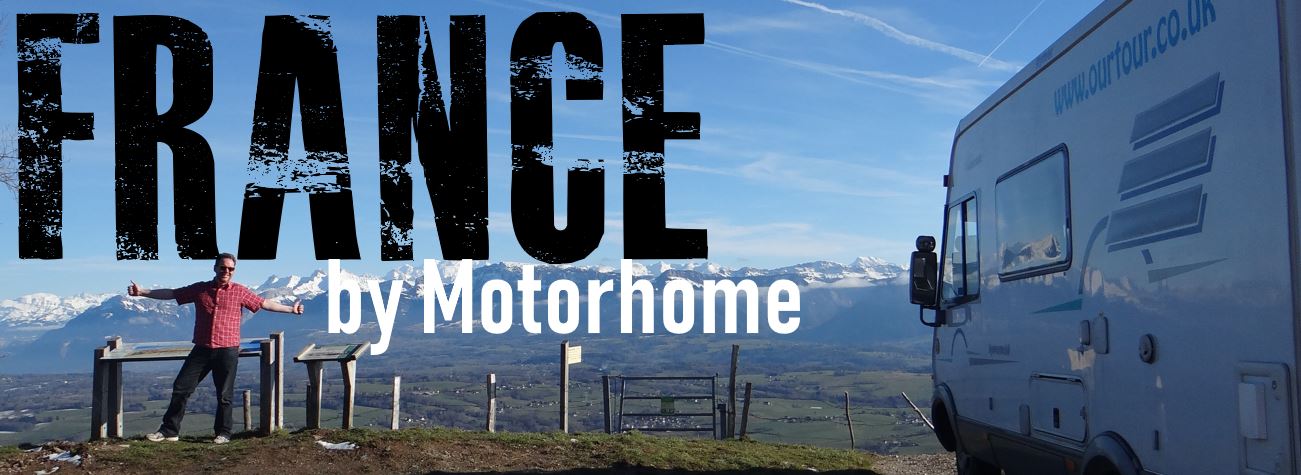
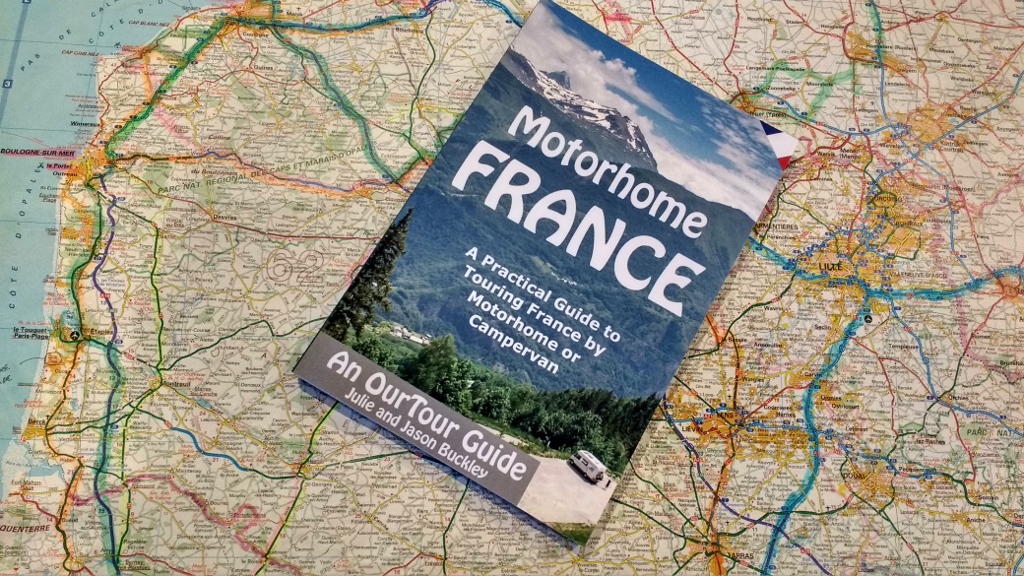
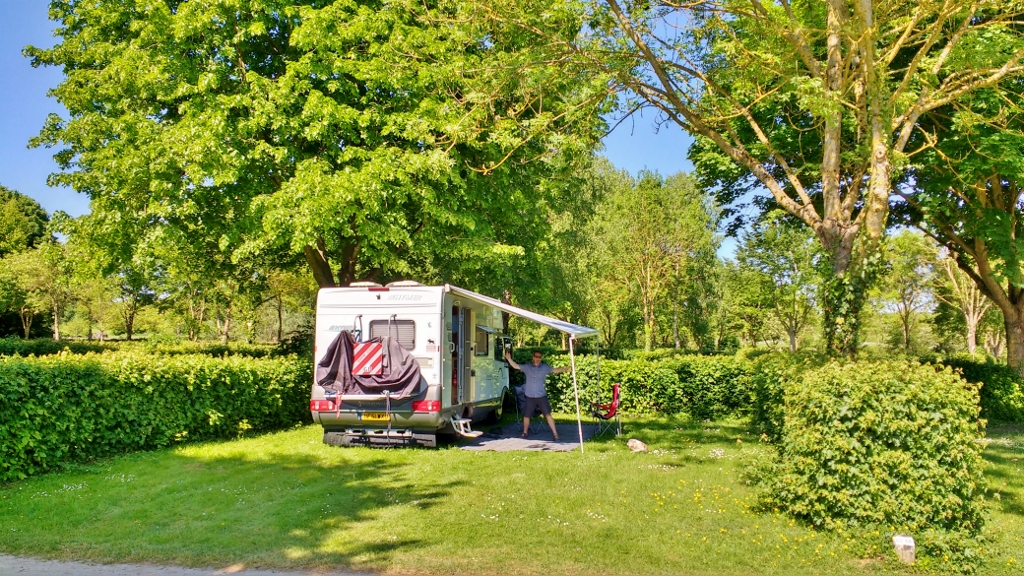
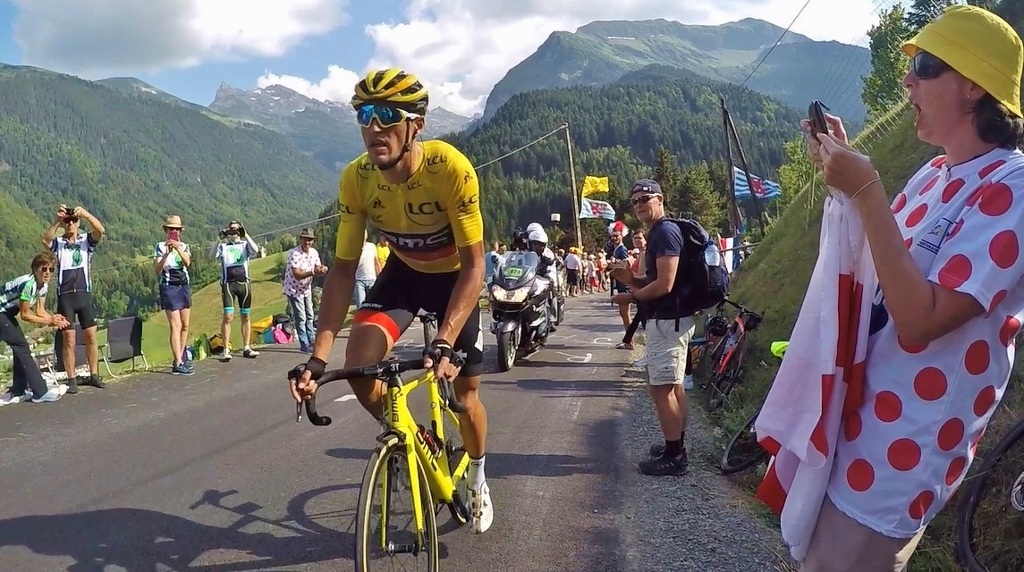
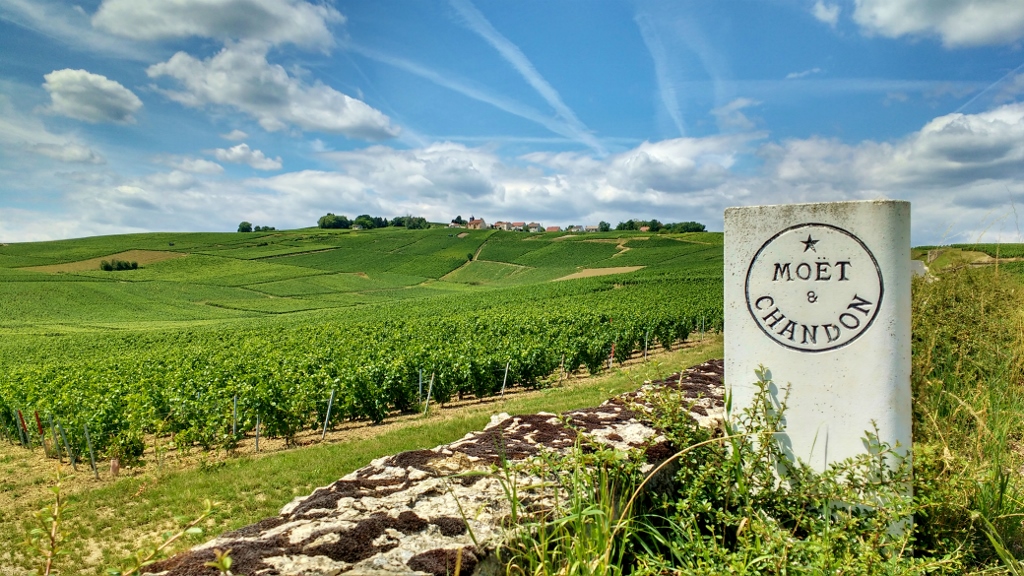
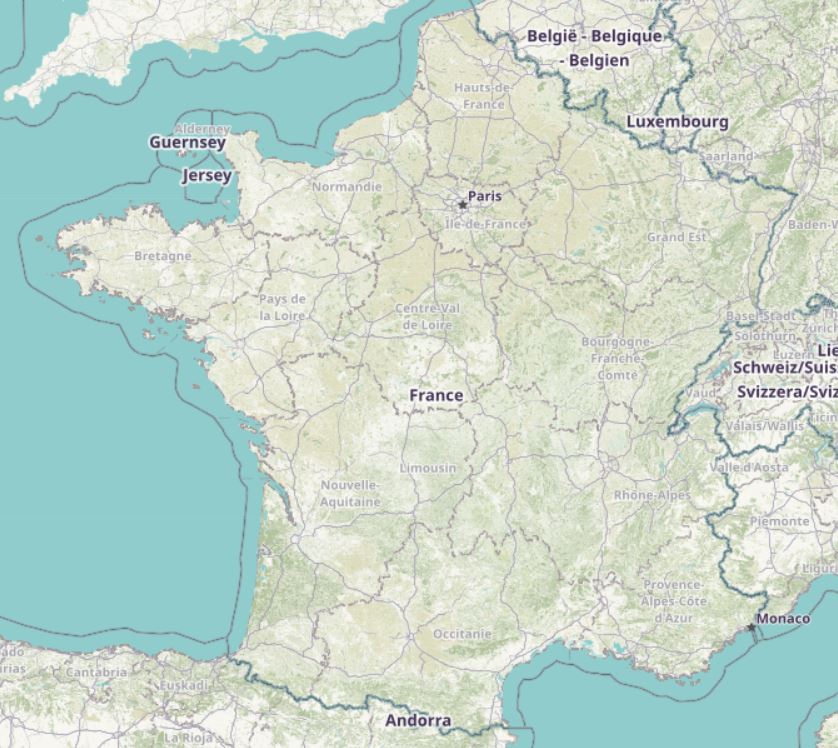
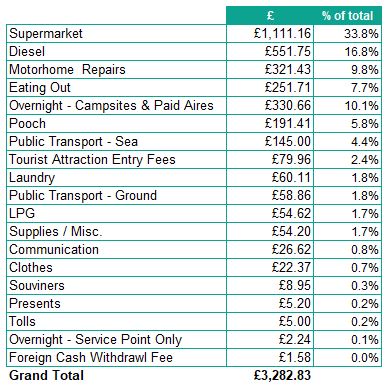
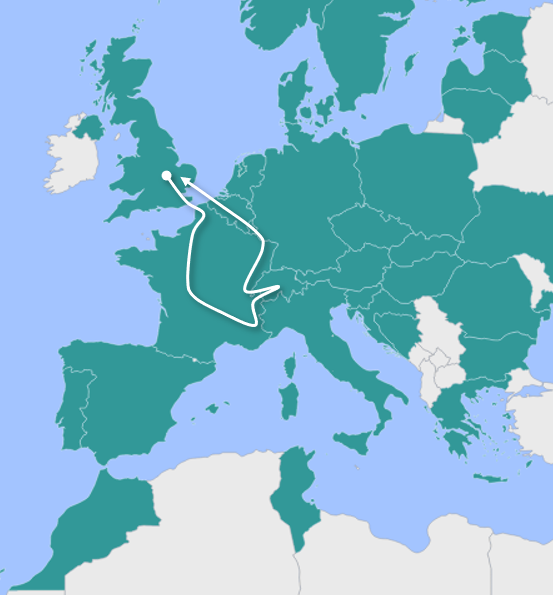
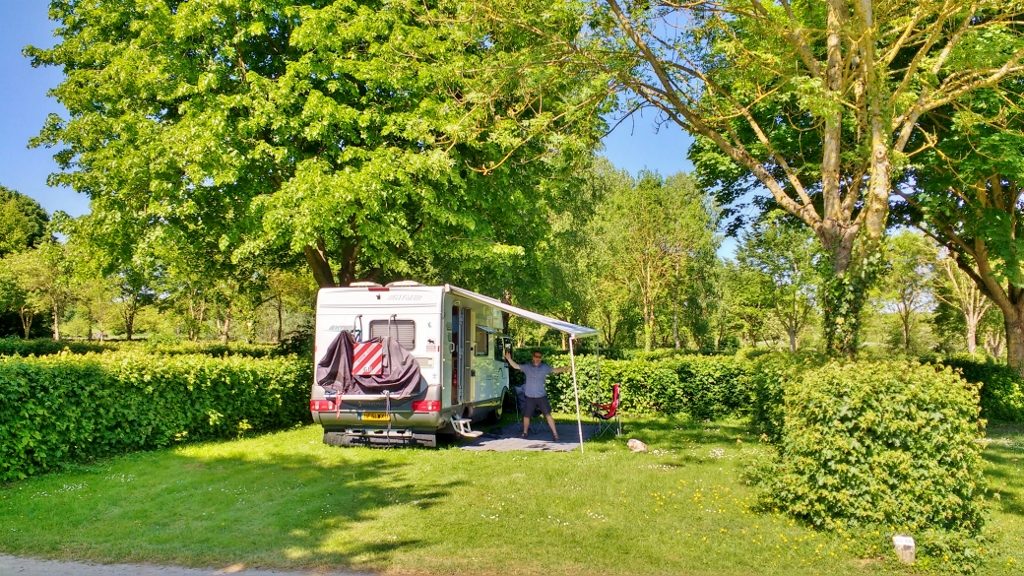
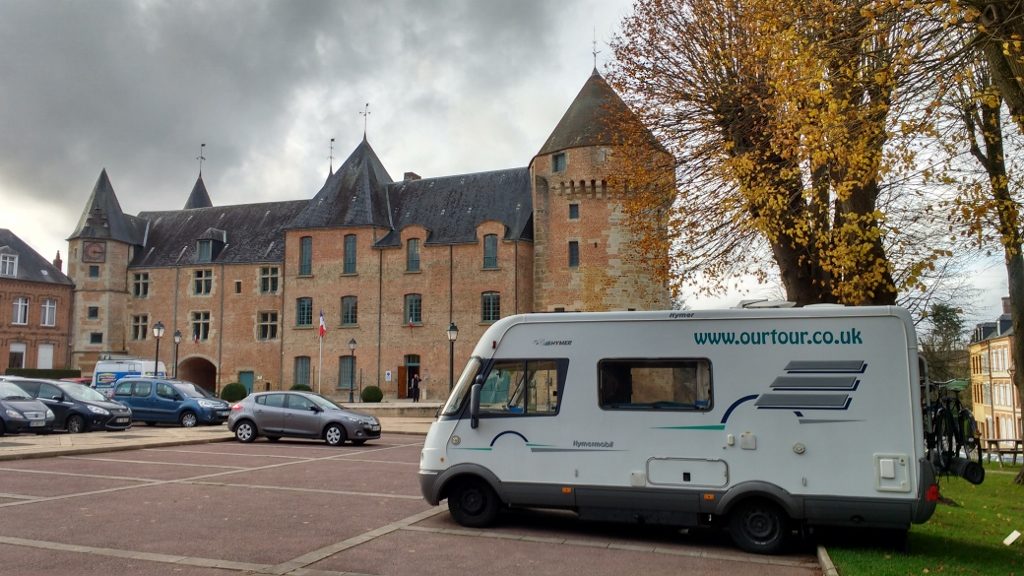
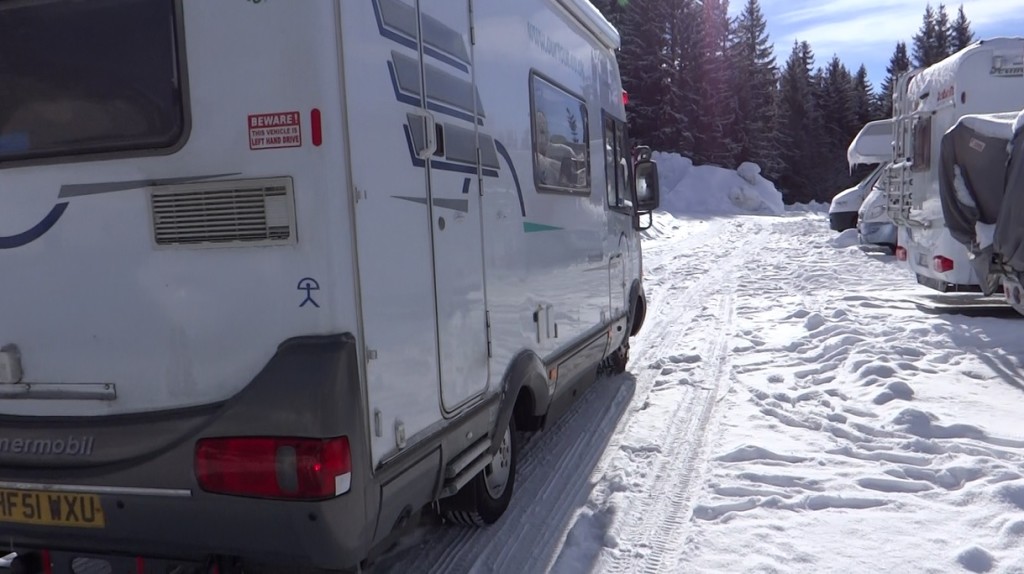
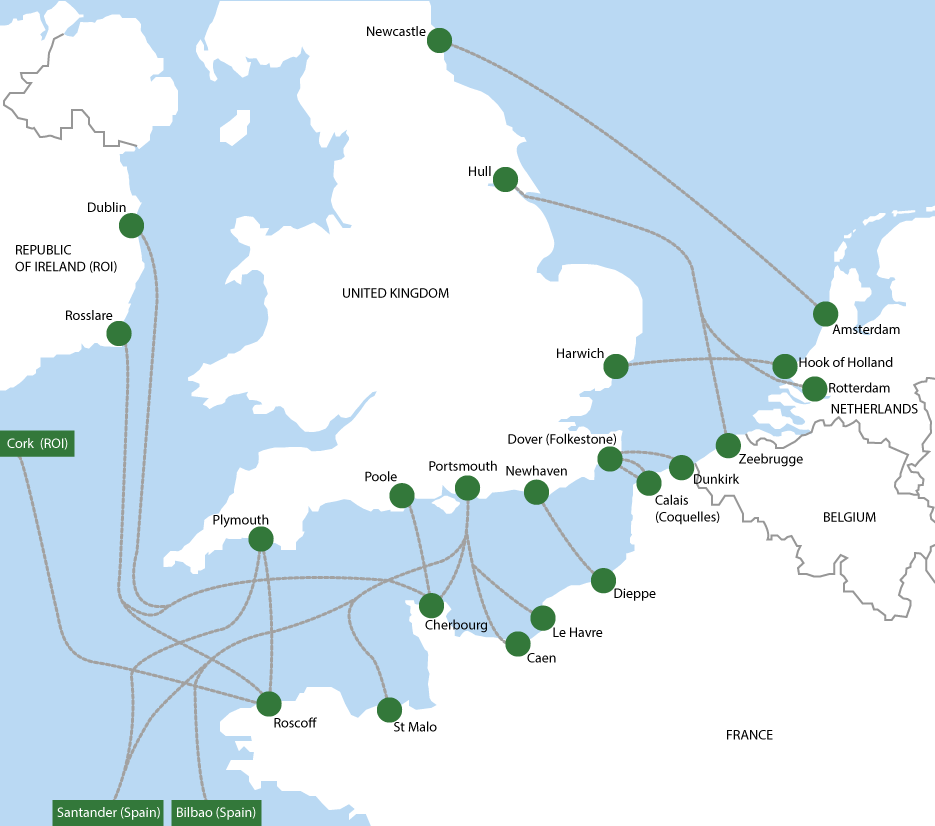
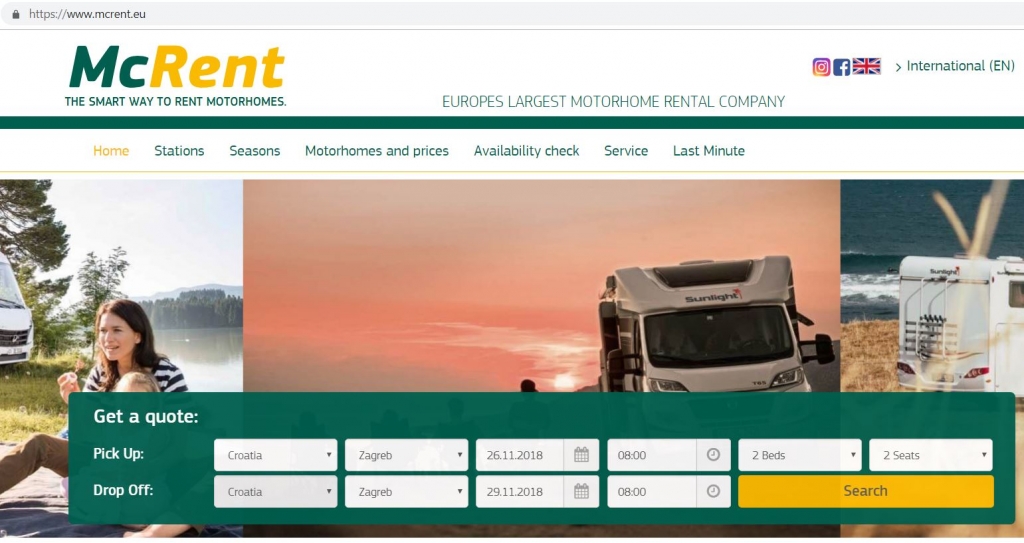
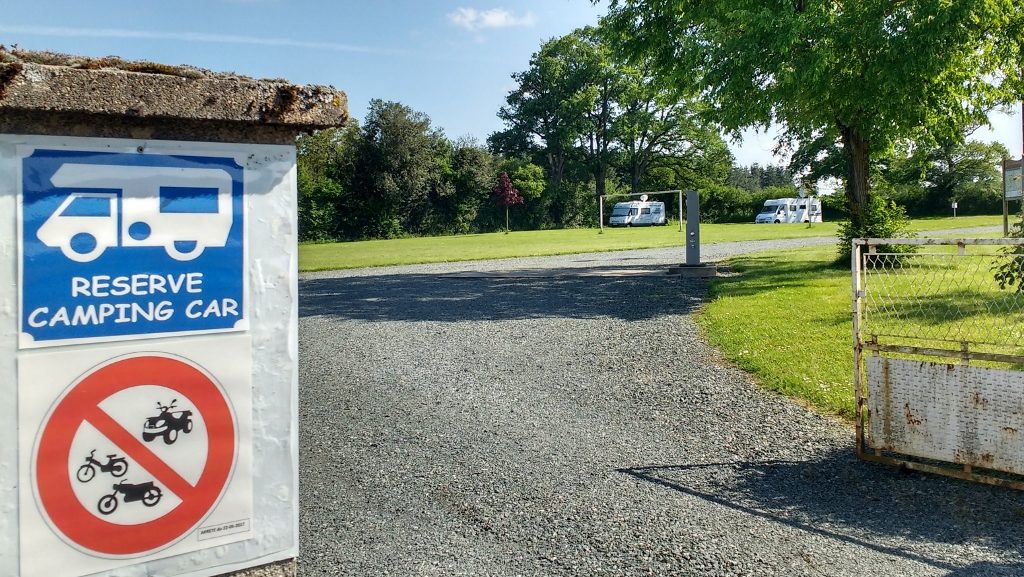
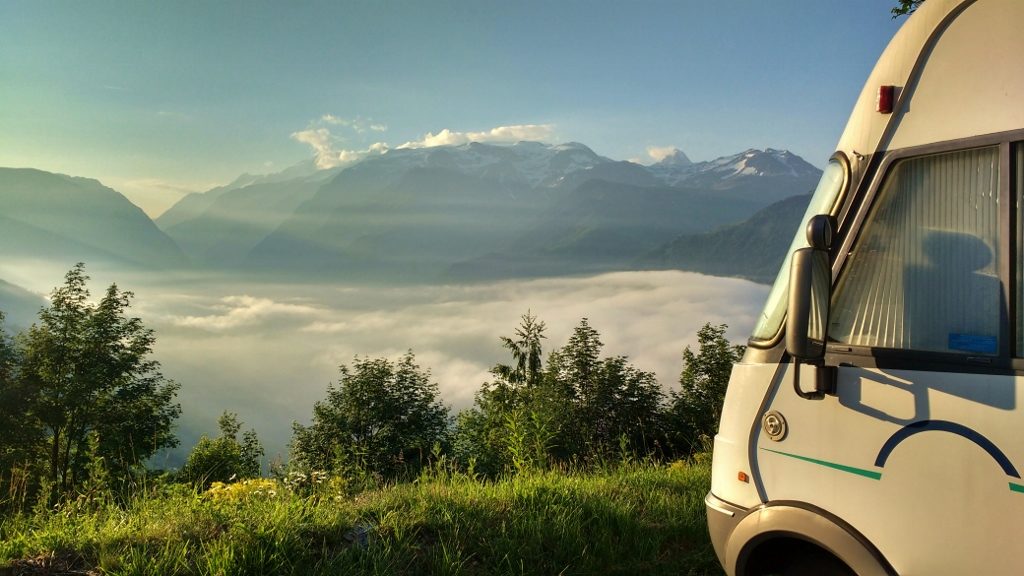
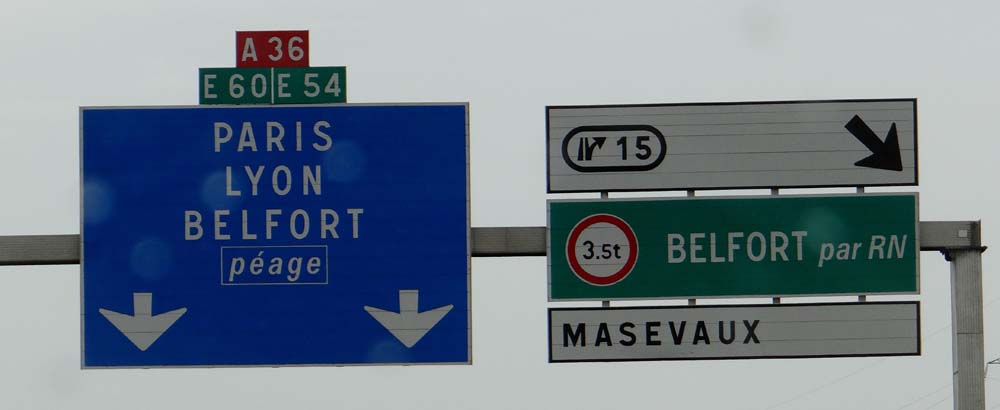
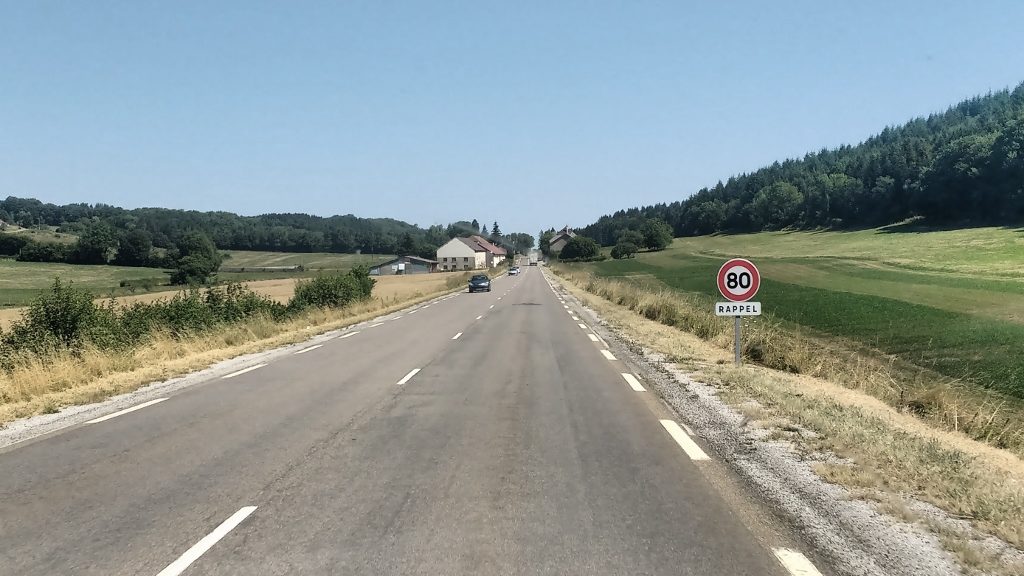
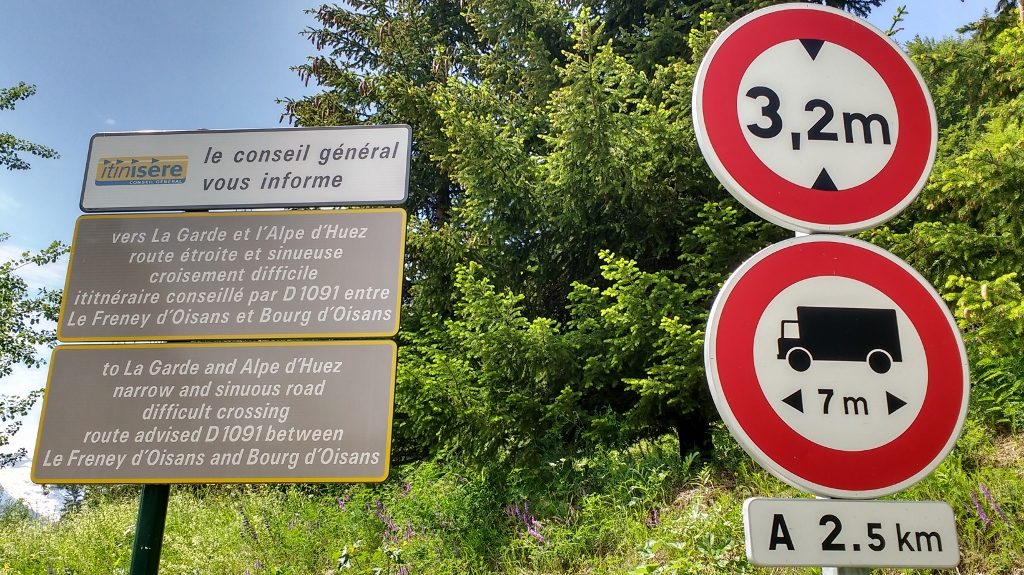
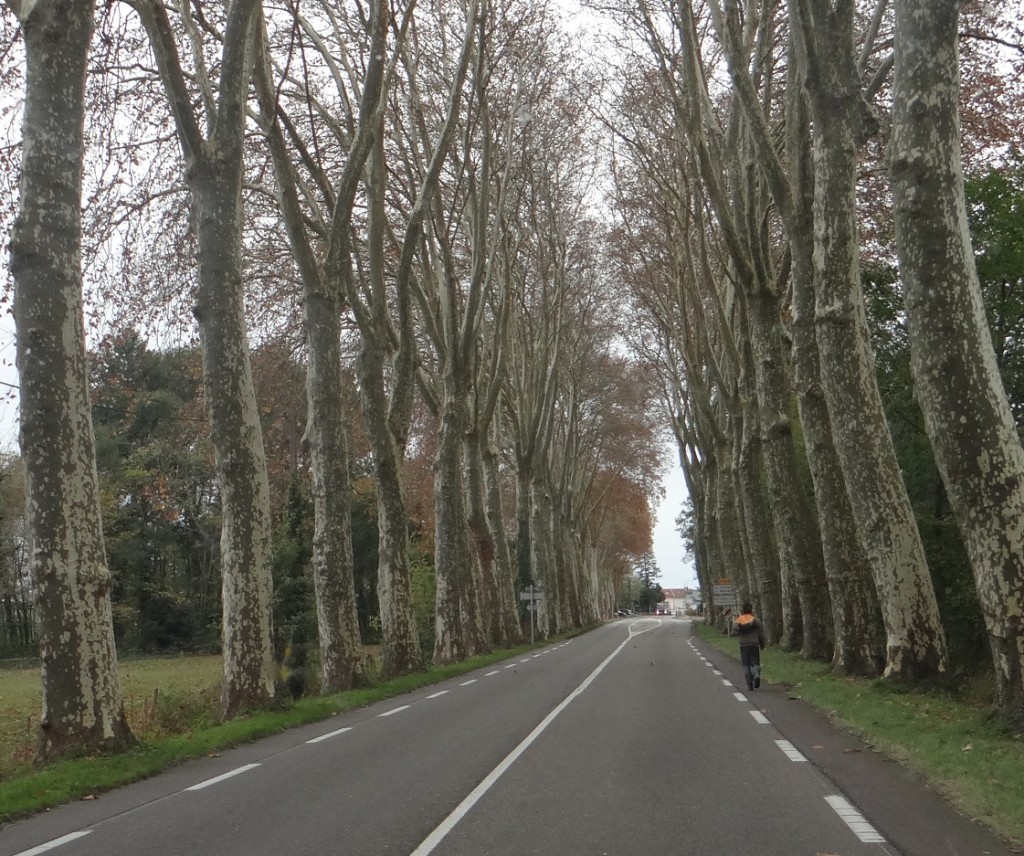

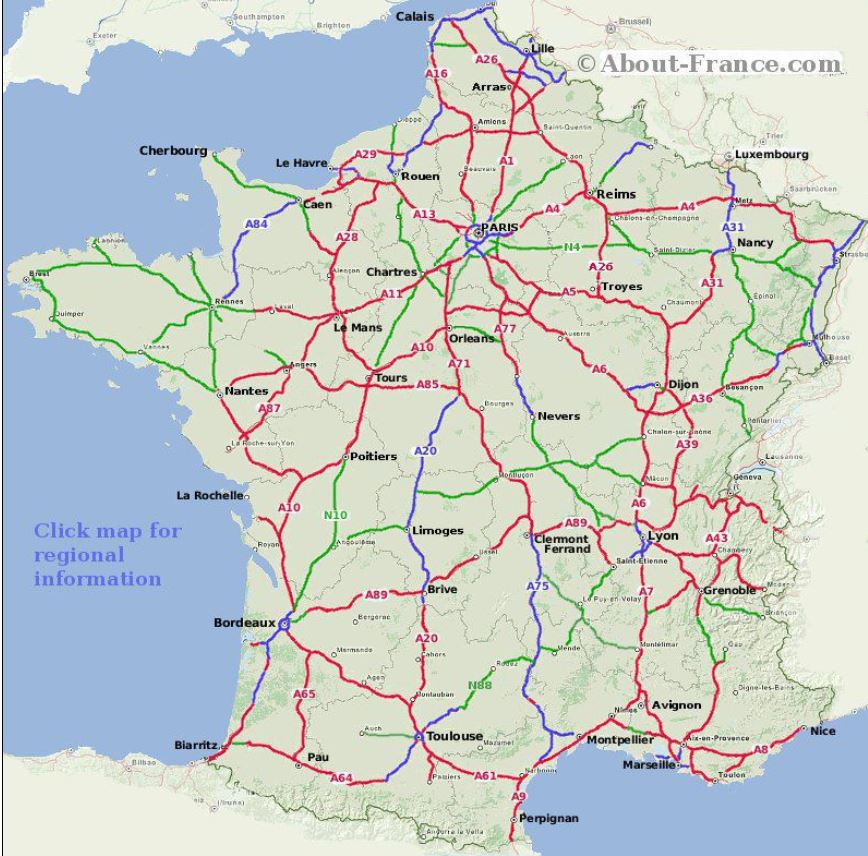
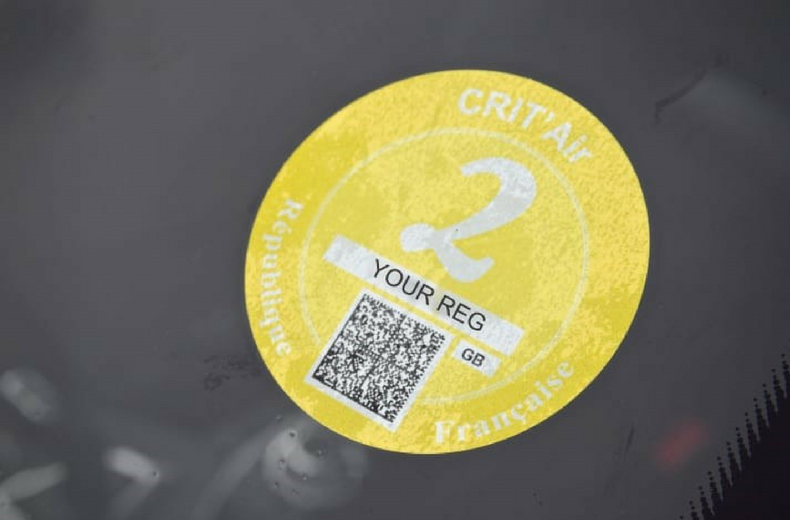
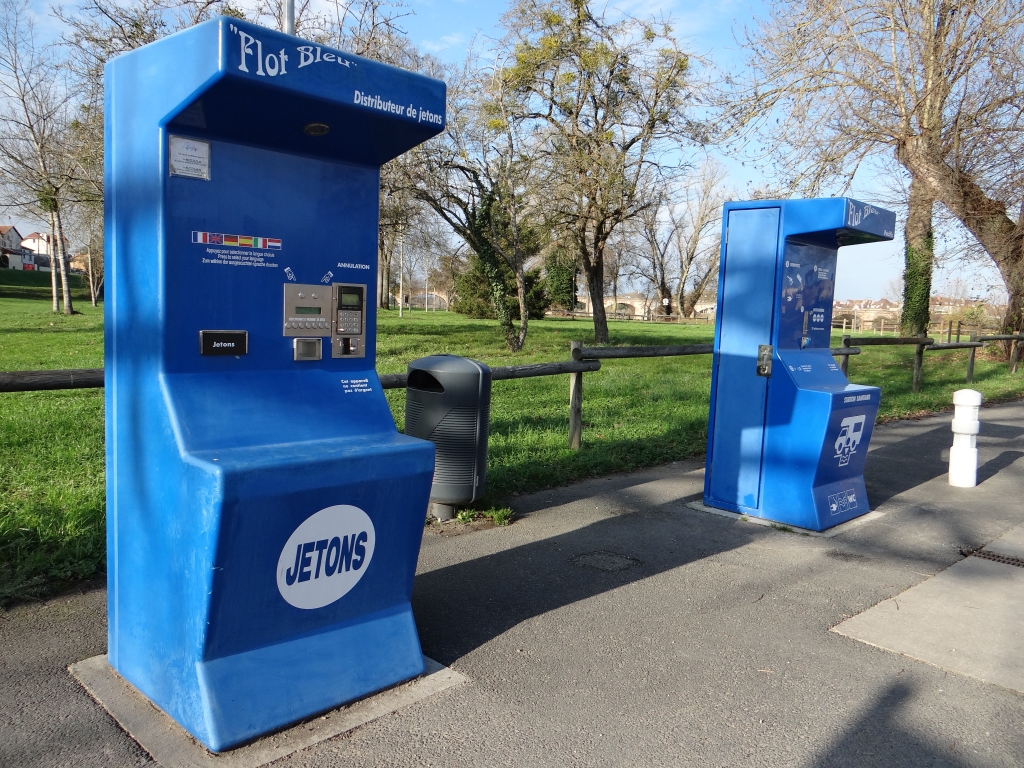
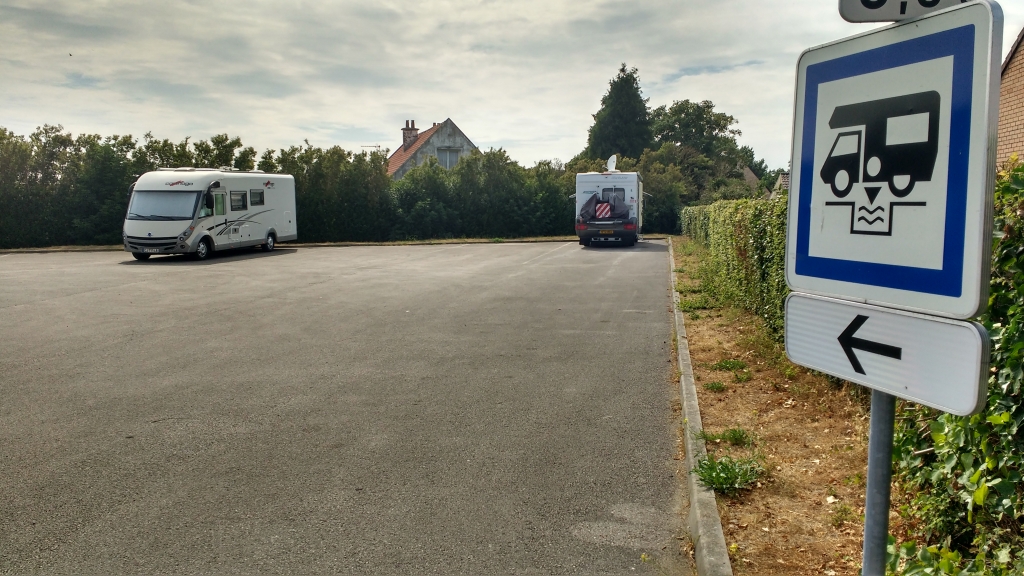

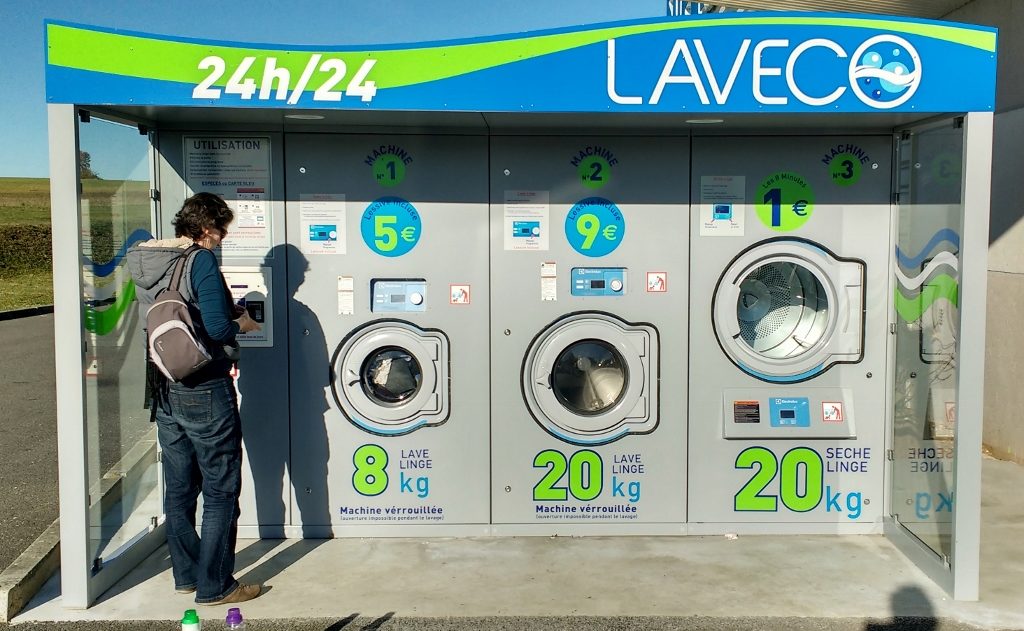
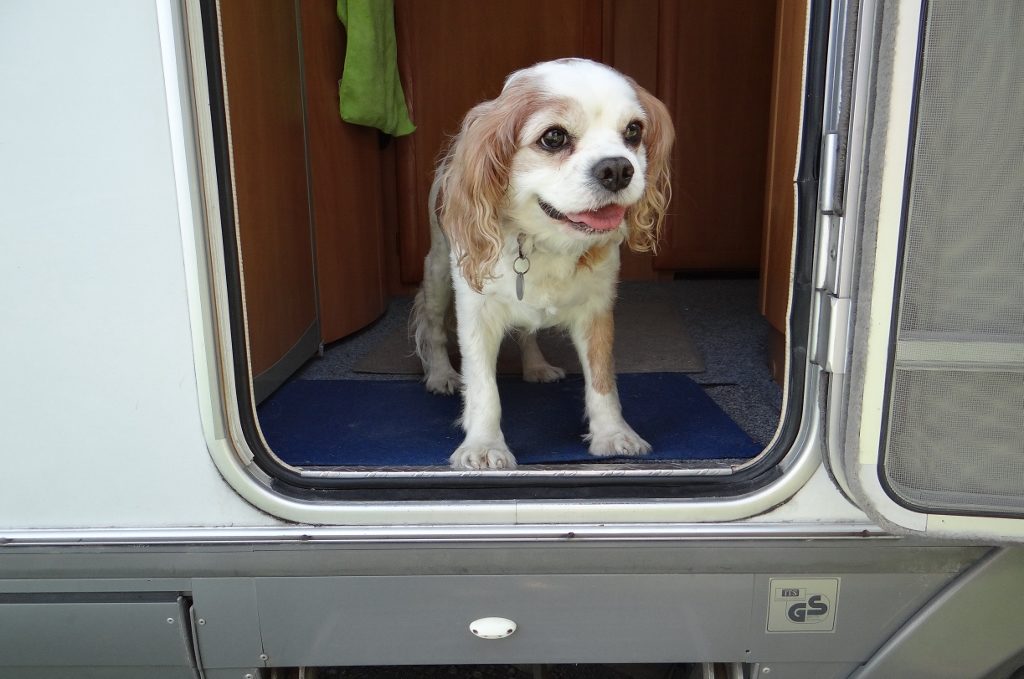
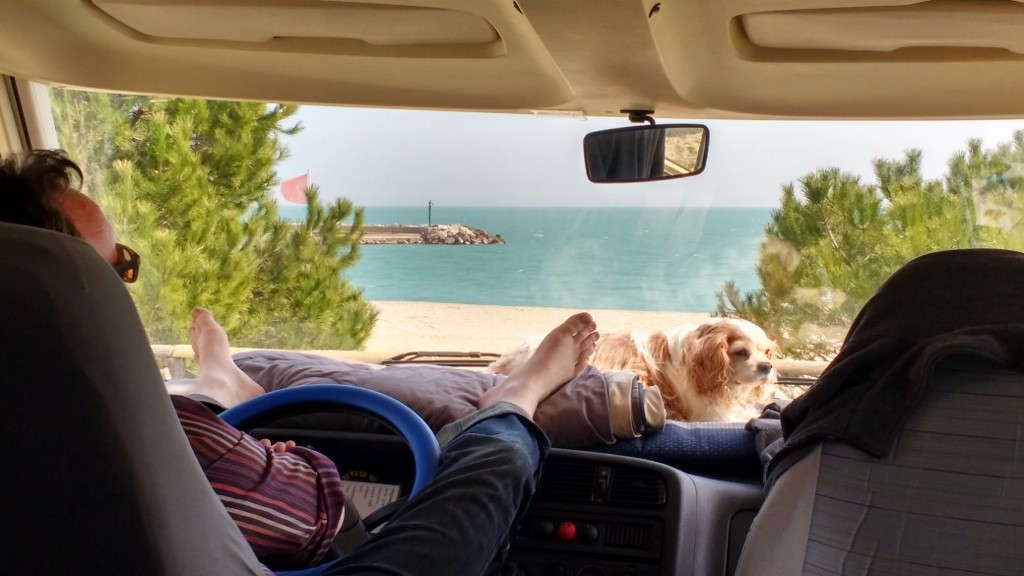
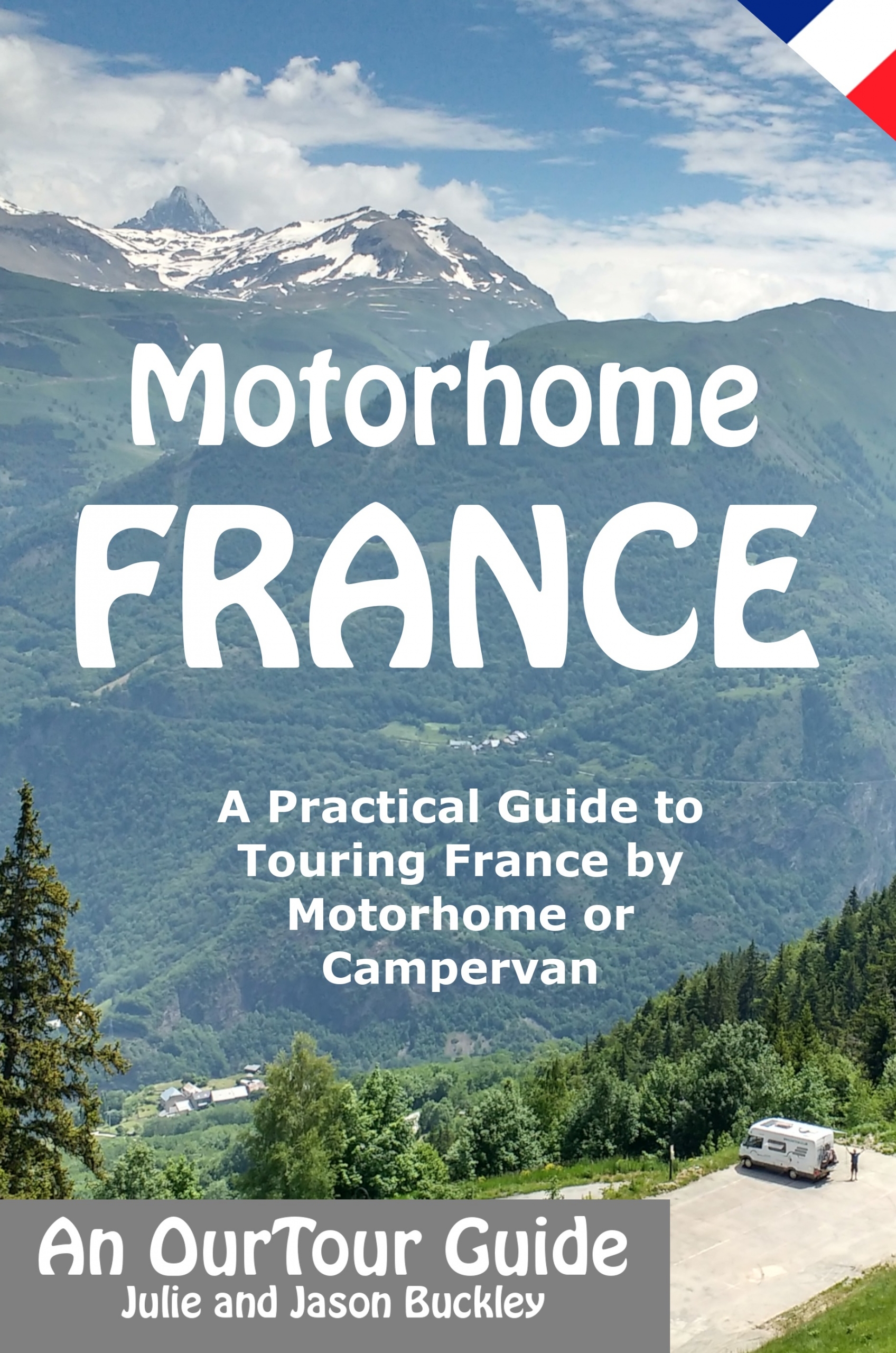
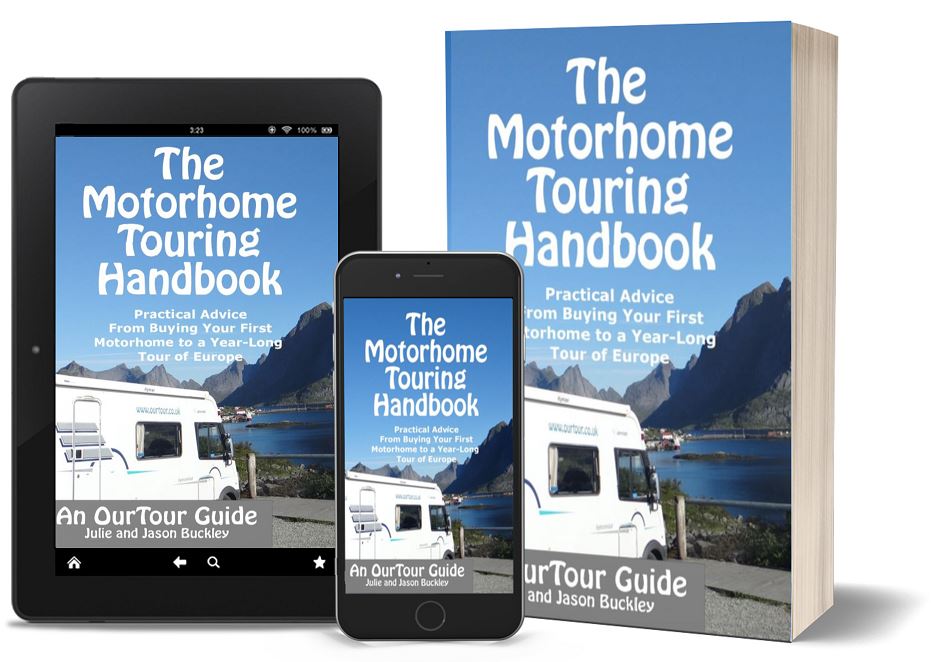

Really helpful. Thank you. Cheers Peter
You’re welcome Peter, happy travels, Jay
Me and my boyfriend are touring France in June/July, do you know of any campsites in the Reims area? Or know if Reims is worth visiting? We are visiting many other places too. I have the book of all the Aires, but wondering if we should stay in actual campsites too? What would you recommend? Thanks :)
Hi Faye. We’ve never been to Reims, so can’t help directly, sorry. We use a mix of Aires, campsites, France Passion and free parking (wild camping). The ACSI Camping Card is worth looking into as it gives discounts at good sites for out-of-season stays. The dates vary by site but you can have a look at the ACSI website and check around for which sites are in the scheme, and the dates they class as low season. Cheers, have a wonderful tour, Jay
Hi guys .great reading as we are taking our pooch for 6 months or more to tour france .really jyst go and do wot we want wen we want as we used to go camping over there and as were not far from you (newark).we will put more imfo up as we are due to sale our normal route (Portsmouth to leharve) as we want to pop back to blangy for a few days to settle down befor we go off…great to read your trip..best regards mike
Great stuff, enjoy the free life Mike! Jay